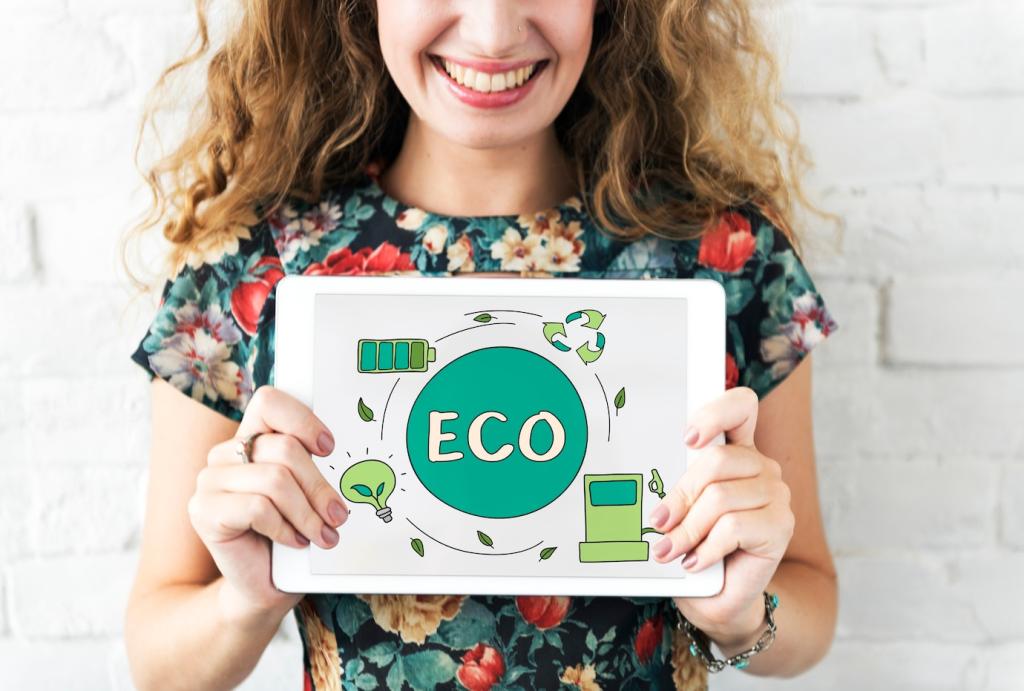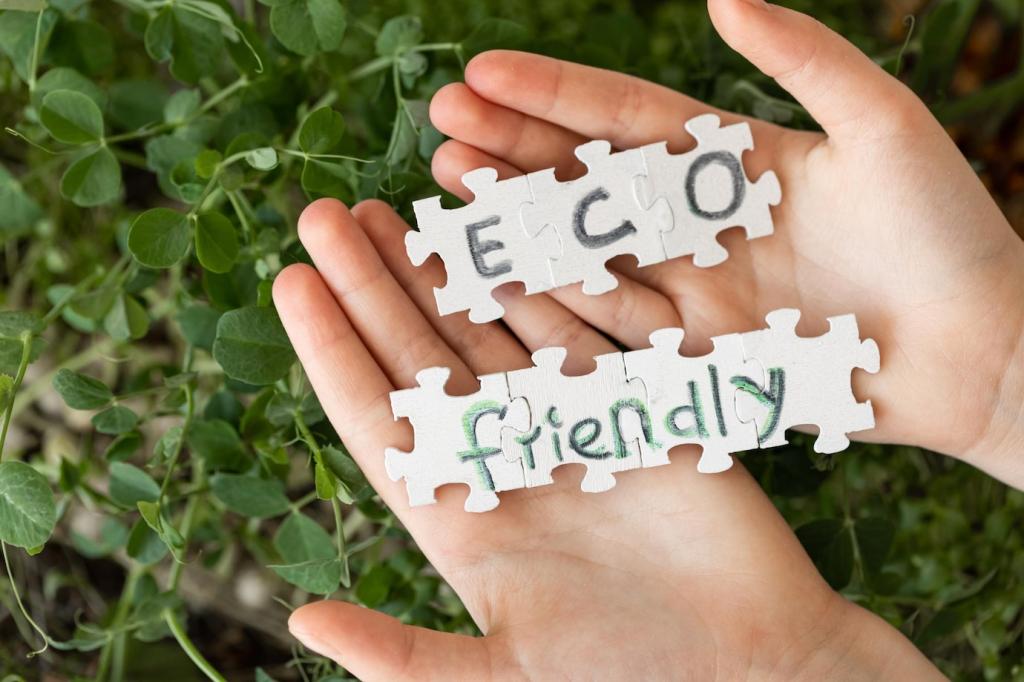Words That Nudge: Behavioral Science Behind Sustainable Copy
People act when benefits feel close. Instead of promising a greener future someday, highlight today’s wins: fresher air on your street, money saved this month, less trash in your bin tonight. Effective copy narrows time horizons so sustainable choices feel instantly worthwhile.
Words That Nudge: Behavioral Science Behind Sustainable Copy
Most of us mirror our peers. Phrases like “Neighbors on your block refilled 3,200 bottles last month” transform sustainability into a shared identity. Copywriting that validates belonging—“Join your community’s reuse routine”—turns private choices into proud, collective rituals.
Words That Nudge: Behavioral Science Behind Sustainable Copy
Friction kills follow-through. Microcopy such as “Bring any container, we sanitize on-site” answers hidden objections and clears the path. Specific verbs, short steps, and reassuring notes reduce anxiety, making sustainable actions feel simpler than the wasteful default.
Words That Nudge: Behavioral Science Behind Sustainable Copy
Lorem ipsum dolor sit amet, consectetur adipiscing elit. Ut elit tellus, luctus nec ullamcorper mattis, pulvinar dapibus leo.






